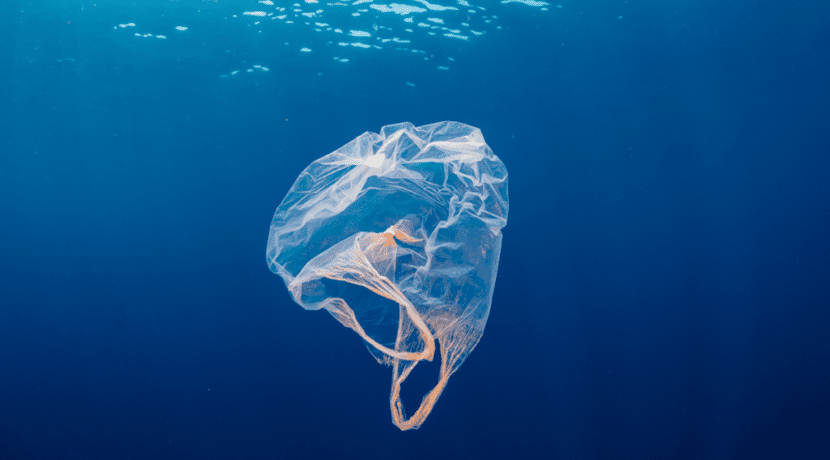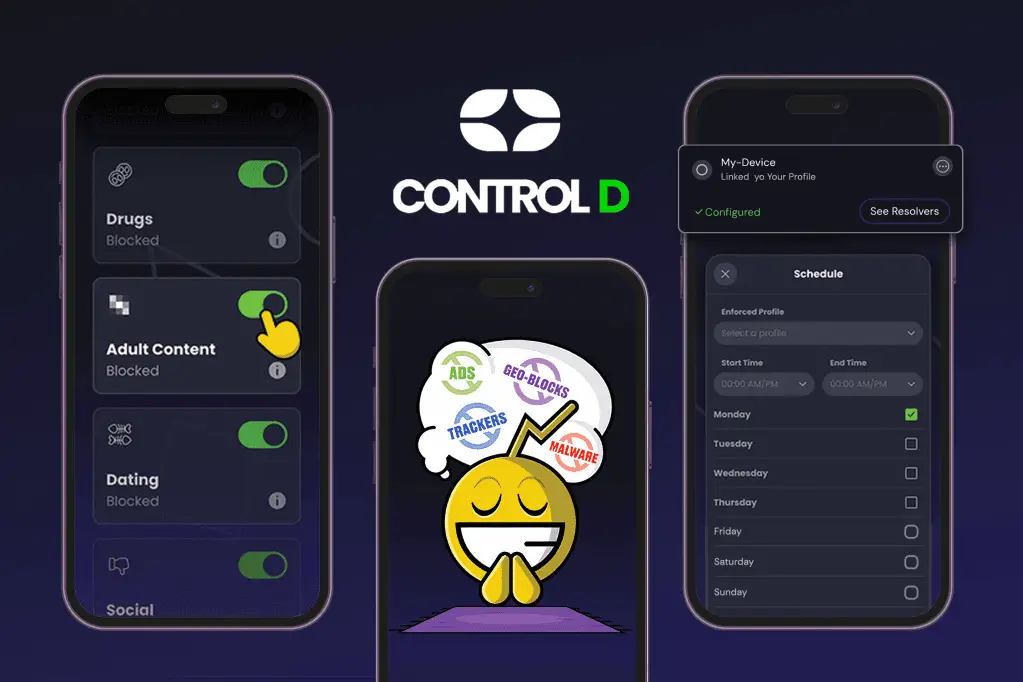There are up to eleven million tonnes of plastic waste at the bottom of the oceans
Stress on ecosystems 06. April 2024 10:17 p.m. Robert Klatt Much of the plastic waste is not found on the surface of the sea, but at the bottom. Pollution is expected to increase significantly in the coming years. Canberra (Australia). The ocean floors and especially the seabed are still largely unexplored. In recent years, scientists […]

Stress on ecosystems
Robert Klatt
Much of the plastic waste is not found on the surface of the sea, but at the bottom. Pollution is expected to increase significantly in the coming years.
Canberra (Australia). The ocean floors and especially the seabed are still largely unexplored. In recent years, scientists have discovered several previously unknown animal species, including a gigantic marine isopod (B. yucatanensis) in the Gulf of Mexico and a 20-armed sea creature (Promachocrinus Fragarius) in the deep waters of the Antarctic. A study by the Senckenberg Society for Natural Research, Goethe University Frankfurt and the Alfred Wegener Institute (AWI) also showed as early as 2022 that the sea depths were heavily contaminated with microplastics.
Researchers have now… Commonwealth Scientific and Industrial Research Organization (CSIRO), led by Denise Hardesty, is studying the amount of plastic waste already present in the seabed. According to the authors, approximately one full garbage truck load of plastic ends up in the world’s oceans every minute. Initiatives like Garbage Truckload of Plastic attempt to collect this waste from the surface. However, much plastic sinks into the deep sea.
“We know that millions of tonnes of plastic waste end up in our oceans every year, but we didn’t know how much of this pollution ends up on the seabed. »
Plastic waste in the seabed
According to that of the specialized magazine Deep Sea Research Part I: Oceanographic Research Papers Researchers collected samples of seafloor sediment using remotely operated underwater vehicles (ROVs). This allowed them to quantify for the first time the amount of plastic waste that reaches the seabed, decomposes there and then mixes with marine sediments. In addition to microplastics, which previous studies have focused on, the current analysis also includes larger objects such as plastic bags, nets and packaging.
There are between three and eleven million tonnes of plastic waste at the bottom of the oceans. In extreme cases, plastic pollution on the seabed is 100 times greater than on the sea surface. As Alice Zhu explains, a large part of plastic waste is found almost “invisibly” on the ocean floor.
“This phenomenon is exacerbated by the extremely slow degradation of plastic in cold environments, lacking both oxygen and UV radiation.”
Deep Sea Research, Part I: Oceanographic Research Papers, doi: 10.1016/j.dsr.2024.104266














